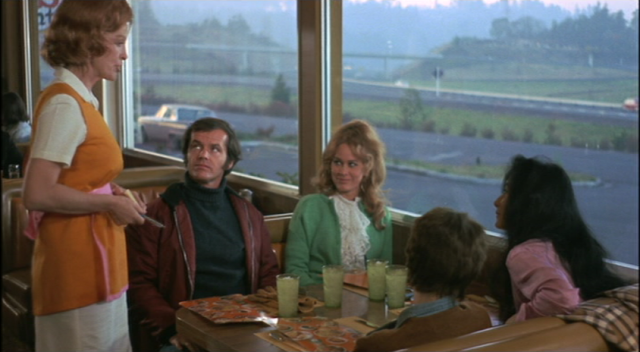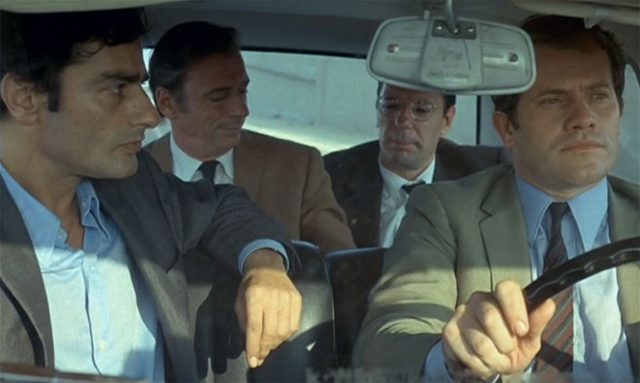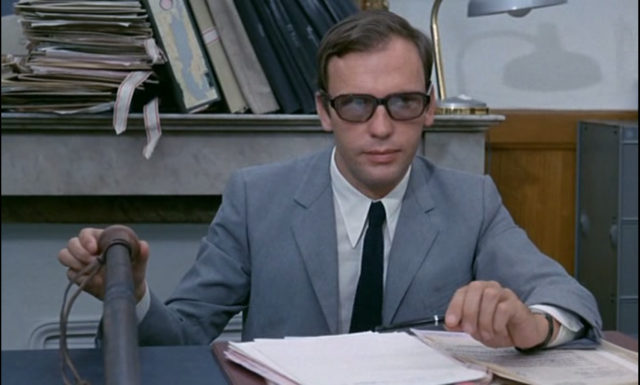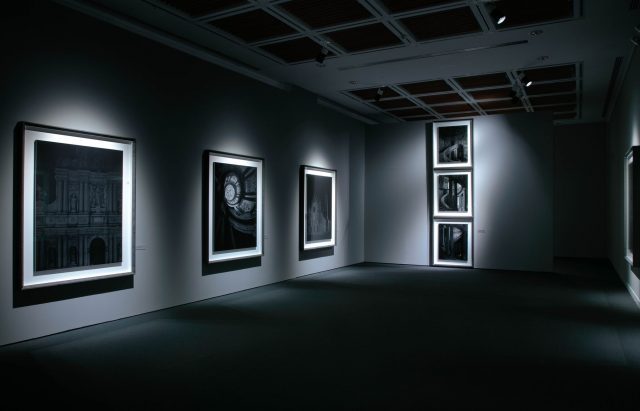
Hiroshi Sugimoto followed the journeys of the Tenshō Embassy through Italy for photographic series (photo by Richard Goodbody)
Japan Society
333 East 47th St. at First Ave.
Through January 7, $12
212-715-1258
www.japansociety.org
In his 2005-6 Japan Society exhibition “History of History,” Tokyo-born multidisciplinary artist Hiroshi Sugimoto explored time and spirituality by including his photographic works alongside artifacts from his personal collection dating from the prehistoric era to the fifteenth century. Throughout his career, he has constructed his own professional history by photographing dioramas at natural history museums (“Still Life”), capturing electrical discharges on photographic dry plates (“Lightning Fields”), focusing on the horizon line across the ocean (“Seascapes”), shooting wax figures to look like paintings (“Portraits”), using long exposures to reveal the blinding soul of movie palaces (“Theaters”), and turning one thousand gilded wooden Buddha statues at Sanjῡsangen-dō (Hall of Thirty-Three Bays) in Kyoto into a dizzying film (Sea of Buddha). His latest Japan Society show, “Hiroshi Sugimoto: Gates of Paradise,” on view through January 7 as part of the institution’s 110th anniversary celebration, returns to historical investigation, from a larger cultural perspective rather than a personal one.
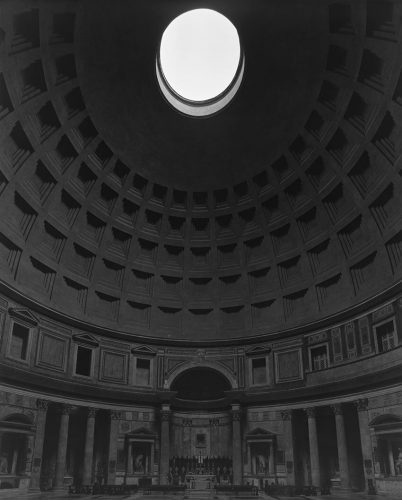
Hiroshi Sugimoto, “Pantheon, Rome,” gelatin silver print, 2015 (© Hiroshi Sugimoto)
In 2015, while Sugimoto, who is based in Japan and New York City, was traveling through Italy photographing theaters, he learned of the fascinating story of Mancio Ito, Miguel Chijiwa, Juliao Nakaura, and Martinao Hara, four young Japanese men who were sent to Europe in 1582 to experience Western Christian culture. Known as the Tenshō Embassy, they returned eight years later with much information that influenced Japanese and nanban hybrid art, taught by Jesuit missionaries, which combined Eastern and Western subjects and techniques. Sugimoto decided to follow their journey, taking photographs of landmark structures and artworks the young men most likely saw, including the Pantheon in Rome, the Leaning Tower of Pisa, the Siena Duomo, the Duomo in Florence, the Villa Farnese, the Pietà by Michelangelo, and the Teatro Olimpico in Vicenza. Those works are displayed along with related historical objects that add intriguing context. “Pope Gregory XIII welcomed the four boys because he saw them as renewing the spirit of the three wise men coming from the East to pay homage to the newborn Christ,” Sugimoto explains in his artist statement. “That sense of mutual surprise from over four centuries ago still flows, not quite wholly absorbed, in my bloodstream.”
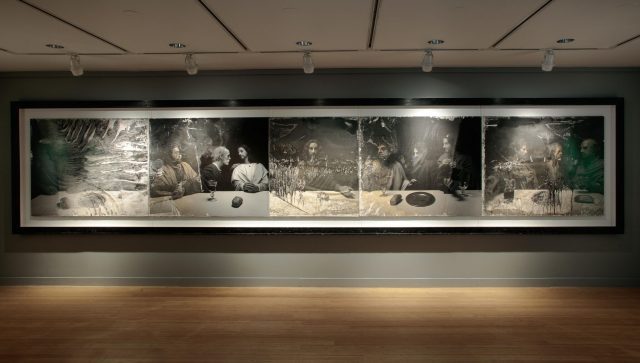
Hiroshi Sugimoto, “The Last Supper: Acts of God,” gelatin silver print, 1999–2012 (© Hiroshi Sugimoto)
Sugimoto, who will turn seventy this year, produced silver gelatin prints of the places, casting the images in an austere, ghostlike darkness. The hole at the top of the inside of the Pantheon glows with light. The winding staircase at Villa Farnese unfolds in a captivating vertical triptych. The long hallway of the Teatro Olimpico beckons. In its own room, “The Last Supper: Acts of God” features Sugimoto’s more-than-twenty-two-foot-long horizontal photograph of Leonardo da Vinci’s iconic painting; the photo was significantly damaged when Sugimoto’s Chelsea studio was flooded by Hurricane Sandy. However, the destruction lends new meaning to the work, with some sections sharp and distinct, others looking melted and severely scratched — and adding what appears to be a halo around the head of Jesus. “I chose to interpret this as the invisible hand of God coming down to bring my monumental, but unfinished, ‘Last Supper’ to completion,” Sugimoto writes. “Leonardo completed his ‘Last Supper’ over five hundred years ago and it has deteriorated beautifully. I can only be grateful to the storm for putting my work through the same half millennium of stresses in so short a time.” Sugimoto’s photograph is accompanied by a fourteenth-century Japanese bust of Christ’s head that has been badly damaged.
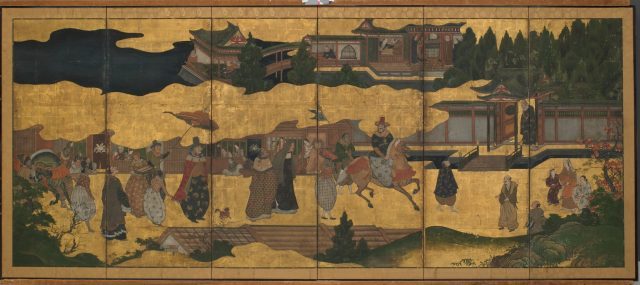
Unidentified artist, “A Portuguese Trading Ship Arrives in Japan,” pair of six-panel folding screens, ink, color, gold, and gold-leaf on paper, early 17th century (Feinberg Collection)
Sugimoto has curated a collection of letters, portraits, scrolls, screens, and other objects that reveals the cross-cultural exchange between Japan and Europe that emerged during the “Christian Century” of the 1500s as missionaries came to the East and converted many Japanese. “A Portuguese Trading Ship Arrives in Japan,” consisting of a pair of early-seventeenth-century six-panel nanban folding screens, uses both European and Japanese techniques to relate the story of the West meeting the East. The details in the individual sections are worth examining at length to explore the architecture, manner of dress, and facial expressions. A bamboo vase, hanging scroll letter, and tea scoop belonging to tea master Sen no Rikyū refers to chanoyu, “the way of tea,” a ritual that was the focus of Sugimoto’s Rikyu-Enoura, an original theatrical production that ran in early November as part of Japan Society’s “NOH NOW” series.
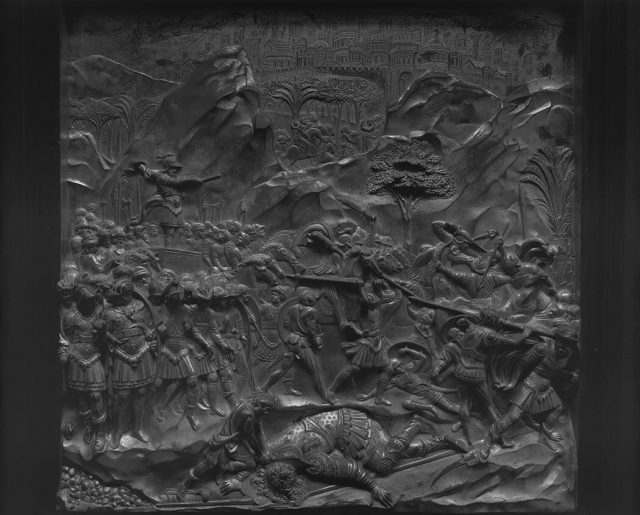
Hiroshi Sugimoto’s “Gates of Paradise” includes a photo of Ghiberti’s rendering of David slaying Goliath (© Hiroshi Sugimoto)
In the final room, Sugimoto debuts his latest series, “Gates of Paradise,” large-scale photographs of the bronze doors created by Lorenzo Ghiberti for the Baptistery of St. John in Florence from 1425 to 1452. Dubbed the “Gates of Paradise” by Michelangelo, the work underwent a major decades-long renovation and was moved to the Opera del Duomo Museum in 2012, where Sugimoto saw them. There are ten pieces from the black-and-white series, gelatin silver prints that give the bronze doors a different, haunting look. Among the subjects are Adam and Eve, Cain and Abel, Noah, Abraham, Jacob and Esau, Solomon, David, and Joshua, in biblical scenes that sometimes require a bit of entertaining deciphering. (And don’t miss Sugimoto’s “Red and White Plum Blossoms Under Moonlight,” a stunning platinum and palladium print on two screens that he produced in commemoration of the three hundredth anniversary of the birth of Japanese artist Ogata Kōrin.) It is an engaging and stimulating conclusion to the exhibit, for which Sugimoto also redesigned Japan Society’s lobby pond and upstairs corner garden, adding a stainless-steel sculpture to each. On January 6 from 6:00 to 9:00, in conjunction with the closing of the show, Japan Society is hosting “Escape East @ 333,” the next edition of its monthly mixer for art enthusiasts, with a viewing of the exhibition, live music from DJ Aki, and sake tastings; admission is free with advance registration.

 On January 3, Chinese dissident artist Ai Weiwei will travel from Manhattan to Brooklyn, participating in two Q&As following screenings of his stunning new documentary, Human Flow. This past fall, Ai had several concurrent exhibitions in New York City that dealt with the international refugee crisis. At Deitch Projects in SoHo,
On January 3, Chinese dissident artist Ai Weiwei will travel from Manhattan to Brooklyn, participating in two Q&As following screenings of his stunning new documentary, Human Flow. This past fall, Ai had several concurrent exhibitions in New York City that dealt with the international refugee crisis. At Deitch Projects in SoHo, 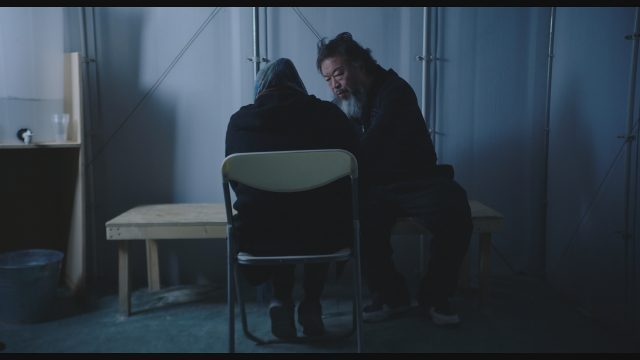
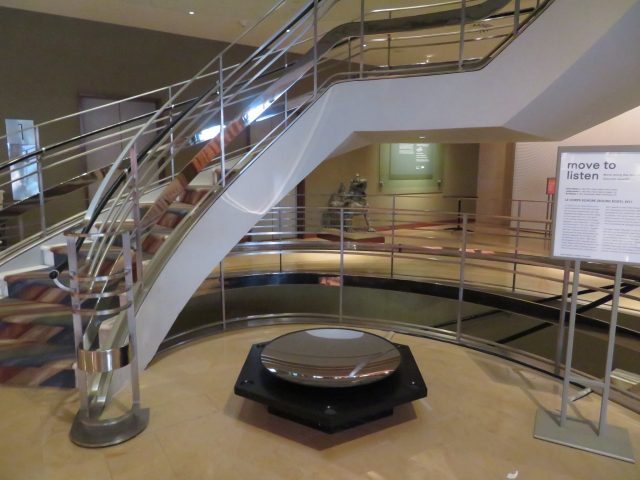
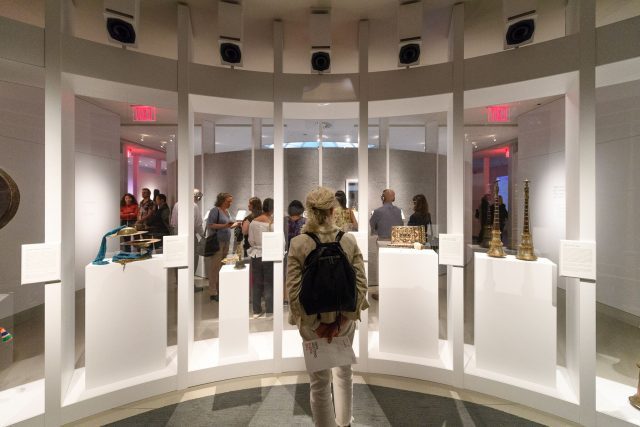
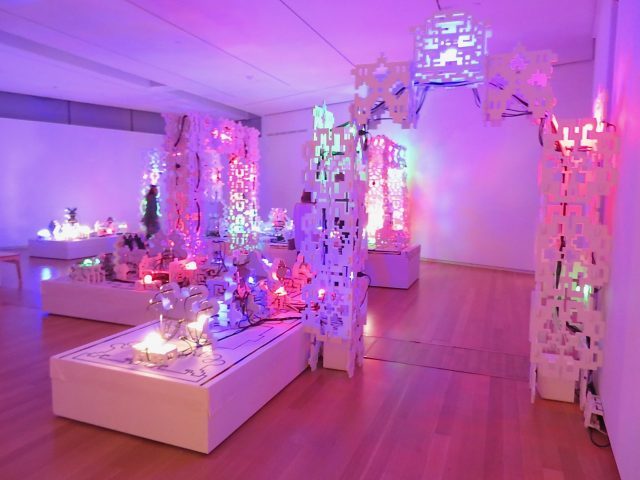
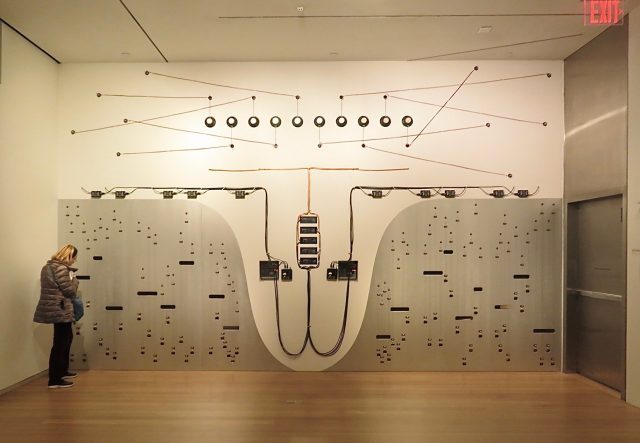
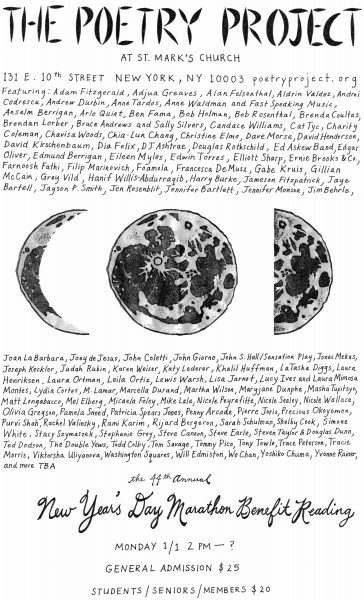
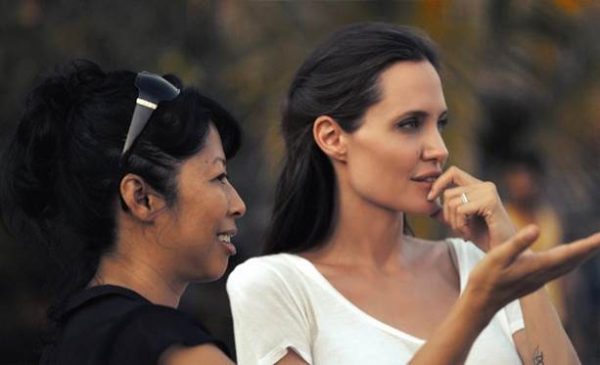
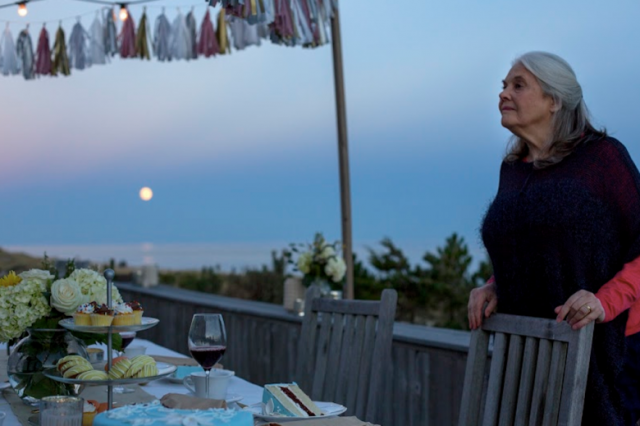
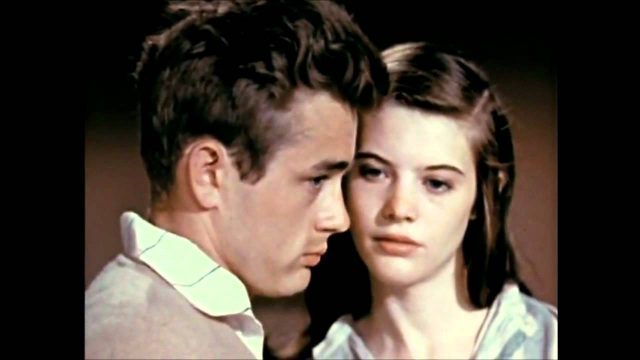
 “I guess there’s just a certain amount of good and bad you get from your parents and I just got the bad,” Cal (James Dean) says in Elia Kazan’s cinematic adaptation of part of John Steinbeck’s 1952 novel, East of Eden, a modern retelling of the biblical Cain and Abel story. In his first starring role, Dean received a posthumous Oscar nomination for his moody, angst-ridden performance as Cal Trask, a troubled young man who discovers that the mother (Best Supporting Actress winner Jo Van Fleet) he thought was dead is actually alive and well and running a successful house of prostitution nearby. Cal tries to win his father’s (Raymond Massey as Adam Trask) love and acceptance any way he can, including helping him develop his grand plan to transport lettuce from their farm via refrigerated railway cars, but his father seems to always favor his other son, Aron (Richard Davalos). Aron, meanwhile, is in love with Abra (Julie Harris), a sweet young woman who takes a serious interest in Cal and desperately wants him to succeed. But the well-meaning though misunderstood Cal does things his own way, which gets him in trouble with his father and brother, the mother who wants nothing to do with him, the sheriff (Burl Ives), and just about everyone else he comes in contact with.
“I guess there’s just a certain amount of good and bad you get from your parents and I just got the bad,” Cal (James Dean) says in Elia Kazan’s cinematic adaptation of part of John Steinbeck’s 1952 novel, East of Eden, a modern retelling of the biblical Cain and Abel story. In his first starring role, Dean received a posthumous Oscar nomination for his moody, angst-ridden performance as Cal Trask, a troubled young man who discovers that the mother (Best Supporting Actress winner Jo Van Fleet) he thought was dead is actually alive and well and running a successful house of prostitution nearby. Cal tries to win his father’s (Raymond Massey as Adam Trask) love and acceptance any way he can, including helping him develop his grand plan to transport lettuce from their farm via refrigerated railway cars, but his father seems to always favor his other son, Aron (Richard Davalos). Aron, meanwhile, is in love with Abra (Julie Harris), a sweet young woman who takes a serious interest in Cal and desperately wants him to succeed. But the well-meaning though misunderstood Cal does things his own way, which gets him in trouble with his father and brother, the mother who wants nothing to do with him, the sheriff (Burl Ives), and just about everyone else he comes in contact with.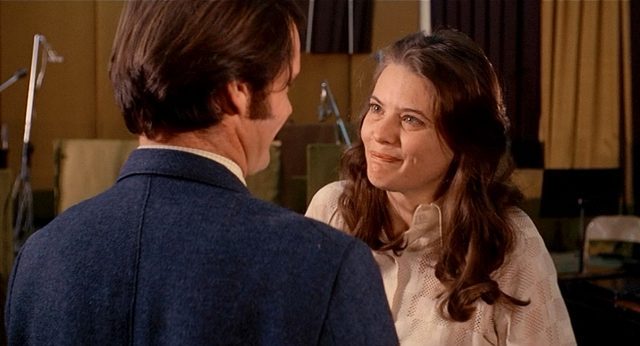
 A key film that helped lead 1960s cinema into the grittier 1970s, Bob Rafelson’s Five Easy Pieces is one of the most American of dramas, a tale of ennui and unrest among the rich and the poor, a road movie that travels from trailer parks to fashionable country estates. Caught in between is Bobby Dupea (Jack Nicholson), a former piano prodigy now working on an oil rig and living with a well-meaning but not very bright waitress, Rayette (Karen Black). When Bobby finds out that his father is ill, he reluctantly returns to the family home, the prodigal son who had left all that behind, escaping to a less-complicated though unsatisfying life putting his fingers in a bowling ball rather than tickling the keys of a grand piano. Back in his old house, he has to deal with his brother, Carl (Ralph Waite), a onetime violinist who can no longer play because of an injured neck and who serves as the film’s comic relief; Carl’s wife, Catherine (Susan Anspach), a snooty woman Bobby has always been attracted to; and Bobby’s sister, Partita (Lois Smith), a lonely, troubled soul who has the hots for Spicer (John Ryan), the live-in nurse who takes care of their wheelchair-bound father (William Challee).
A key film that helped lead 1960s cinema into the grittier 1970s, Bob Rafelson’s Five Easy Pieces is one of the most American of dramas, a tale of ennui and unrest among the rich and the poor, a road movie that travels from trailer parks to fashionable country estates. Caught in between is Bobby Dupea (Jack Nicholson), a former piano prodigy now working on an oil rig and living with a well-meaning but not very bright waitress, Rayette (Karen Black). When Bobby finds out that his father is ill, he reluctantly returns to the family home, the prodigal son who had left all that behind, escaping to a less-complicated though unsatisfying life putting his fingers in a bowling ball rather than tickling the keys of a grand piano. Back in his old house, he has to deal with his brother, Carl (Ralph Waite), a onetime violinist who can no longer play because of an injured neck and who serves as the film’s comic relief; Carl’s wife, Catherine (Susan Anspach), a snooty woman Bobby has always been attracted to; and Bobby’s sister, Partita (Lois Smith), a lonely, troubled soul who has the hots for Spicer (John Ryan), the live-in nurse who takes care of their wheelchair-bound father (William Challee).